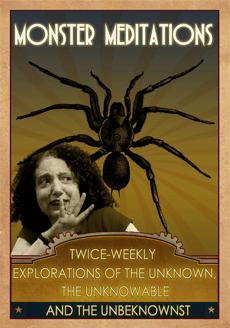English can be very confusing. I’ve been volunteering at the Union of English Speakers, English in Action program where I am a tutor/conversation partner to an immigrant. It’s been a fascinating experience and it’s reminded me just how fortunate I am to have learned English the first time around. I’m not sure I’d survive the challenges that my Russian student faces daily.
Sometimes we simply read an article together and discuss both the content and vocabulary as we go along. We also play games with the words we’ve accumulated from previous sessions, simply chat or try a few rounds of 20 questions. This experience has heightened my awareness of the eccentricities of English. Here are few of my favorite crazy-making aspects of the language.
Homonyms —words with multiple meanings— can throw a reader a curve ball. A burglar can scale a wall, while a clerk will weigh a piece of cheese on a scale. The lawyer wore his new suit when he went to court to file the suit.
Then there are Homophones —words that sound alike, but have different spellings. The baker used whole-wheat flour to bake the cake in the shape of a flower. He committed a capital offense in the capitol building. It’s and its, are the homophone pair that seems to produce the most typing errors. Of course pear and pair, plane and plain and the triple threat of to, two and too, cause many problems.
Homographs —different words with the same spellings and different sounds are the other side of the homophone phenomenon. He planned to desert (abandon) her in the desert (arid land). She took a bow at the end of her performance wearing a bow in her hair.
My consciousness has been raised. Or is that razed? Hehehehe…





I do have a teaching endorsement in teaching English as a second language, but never taught an ESL class directly, though the knowledge did help immensely with all of students of migrant farm workers that I taught. Another biggie for language learners is idioms. It was always fun and challenging to work though those issues when teaching books like To Kill a Mockingbird.
The role of the tutor in this program is more conversation partner than teacher —good for me as I’m not a natural teacher. Idiomatic expressions are often featured in the newsletter because they are problems. I remember introducing one of my favorite Southern-isms — a long-tailed cat in a room full of rockers — one day when we were talking about that issue. Some expressions paint pictures that tell the story. To Kill a Mockingbird must have been one hurdle after another. Kudos to you and your former students!